The Findings
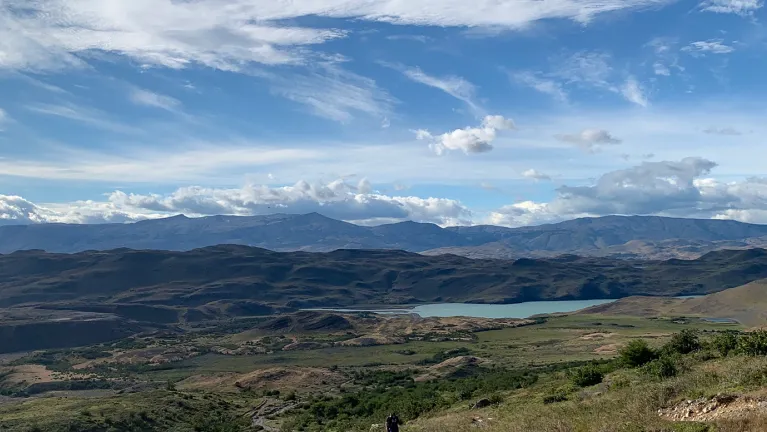
In our multi-sited research, youth demonstrate the self-organizing power of radical hope and its ability to produce closeness and community with others, those right beside us and those at great distances from us.
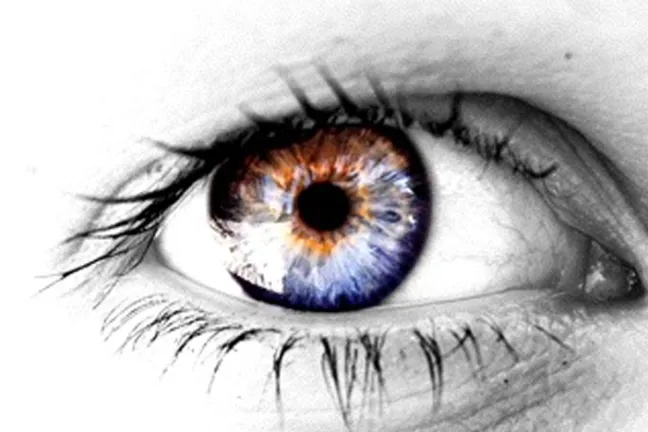
To see and be seen is a fundamental right.
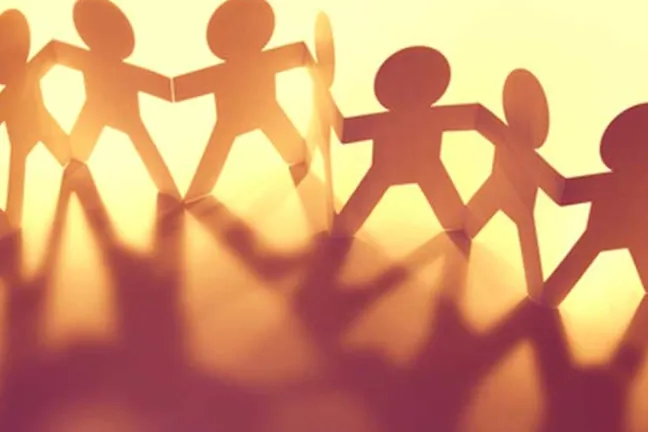
Imagining community, facilitated through drama, is critical to hope.
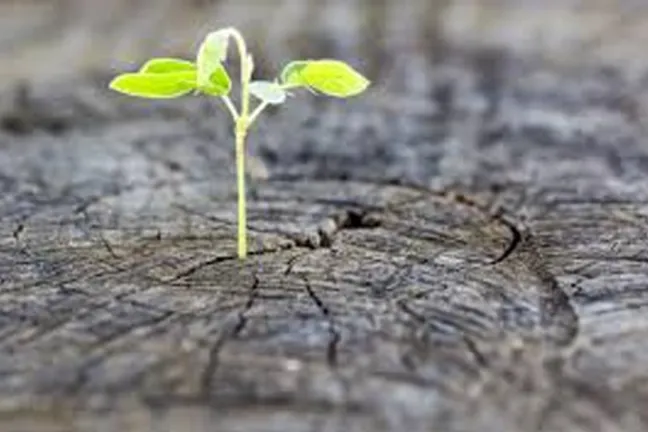
Hope is a shared political alternative, and can be a deep source of divide. Hope is experienced and oriented differently based on perceived minority/majority identifications.
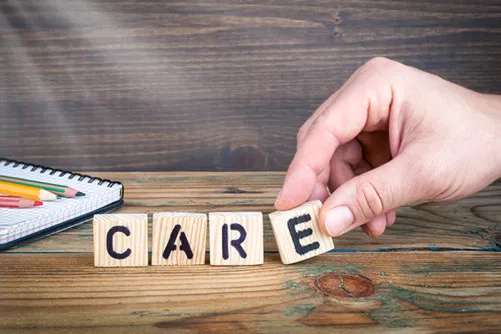
Primary relationships with peers, teachers, and parents provide opportunities to listen and assert, to care and be cared for, forming early senses of hope. As these relationships change with age, hope diminishes.

Drama provides a rehearsal space to develop care for self and others. The collective process builds connections that counter the anxiety youth experience as their primary relationships change with age.
Inspired by the creativity of young people, our current research explores hope as a political alternative, asking whether and how hope can be intentionally mobilized within classrooms, and maybe even across borders.